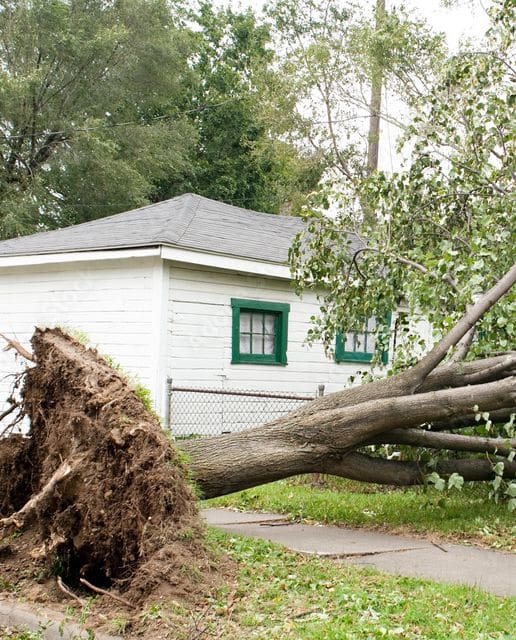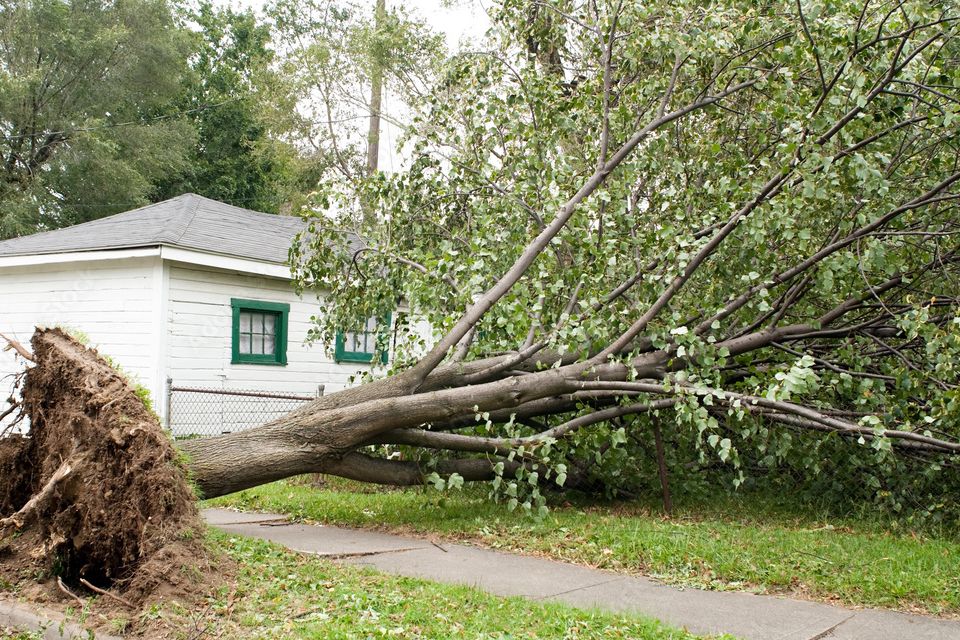Trees are beautiful, but they can also be dangerous. If a tree is old, diseased, or damaged, it could fall without warning and cause damage or injury. That’s why it’s important to know how to tell if your tree is going to fall.
Here are some signs to look for:
Dead or dying branches: Branches that are dead, dying, or have dead leaves are a sign that the tree is in decline. These branches are more likely to fall, so it’s important to remove them before they become a hazard.
Leaning: If your tree is leaning to one side, it could be an indicator that it’s unstable and could fall. If the lean is severe, it’s best to consult with a professional arborist.
Cracks in the trunk or roots: If you notice cracks in the trunk or roots of your tree, it could be a sign that the tree is about to fall. Cracks can weaken the structure of the tree and make it more prone to falling.
Decay: Decay can weaken the tree from the inside out, making it more likely to fall. If you notice mushy or soft areas on the trunk or roots, it’s a sign of decay.
Root damage: If the roots of your tree have been damaged by construction, heavy rain, or other factors, the tree could become unstable and fall.
Surrounding soil changes: If the soil around your tree has been disturbed or altered, it could affect the stability of the tree and make it more likely to fall.
It’s important to regularly inspect your trees and look for these warning signs. If you notice any of them, it’s best to consult with a professional arborist who can assess the safety of your tree and recommend any necessary action.
In conclusion, a falling tree can cause serious damage or injury, so it’s important to take the necessary precautions. Regular inspections and early intervention can prevent accidents and ensure the safety of your property and loved ones.

